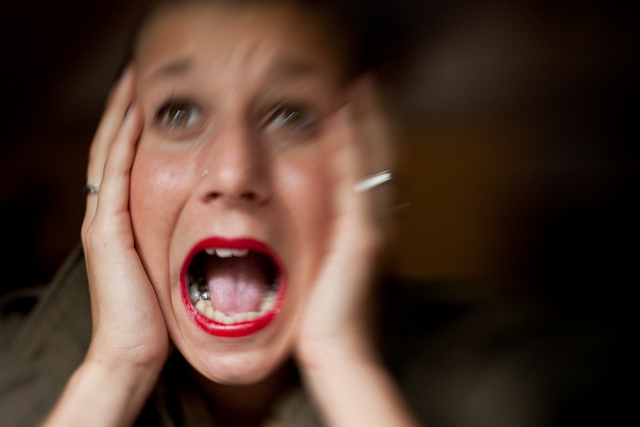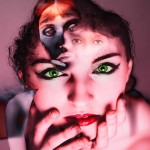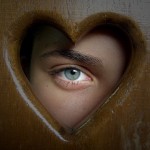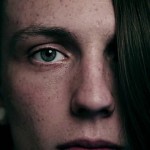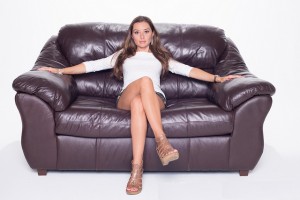Bipolar disorder is a form of mood disorder characterised by a variation of mood between a phase of manic or hypomanic elation, hyperactivity and hyper imagination, and a depressive phase of inhibition, slowness to conceive ideas and move, and anxiety or sadness. Together these form what is commonly known as manic depression.
Manic depression with its two principal sub-types, bipolar disorder and major depression, was first clinically described near the end of the 19th century by psychiatrist Emil Kraepelin, who published his account of the disease in his Textbook of Psychiatry. As described below, there are several forms of bipolar disorder.
It should be noted that this disorder does not consist of mere “ups and downs”. Ups and downs are experienced by virtually everyone and do not constitute a disorder. The mood swings of bipolar disorder are far more extreme than those experienced by most people.
Note: Bipolar disorder is also commonly called “manic depression” by laymen (and by some psychiatrists in the twentieth century), although this usage is now unpopular with psychiatrists, who have standardised on Kraepelin’s usage of the term manic depression to describe the whole bipolar spectrum that includes both bipolar disorder and unipolar depression; they now use bipolar disorder to describe the bipolar form of manic depression.
General description
Depression: Symptoms include a persistent sad mood; loss of interest or pleasure in activities that were once enjoyed; significant change in appetite or body weight; difficulty sleeping or oversleeping; physical slowing or agitation; loss of energy; feelings of worthlessness or inappropriate guilt; difficulty thinking or concentrating; and recurrent thoughts of death or suicide.
Mania: Abnormally and persistently elevated (high) mood and/or irritability accompanied by at least three of the following symptoms (four if the mood is merely irritable): overly-inflated self-esteem; decreased need for sleep; increased talkativeness; racing thoughts; distractibility; increased goal-directed activity such as shopping; physical agitation; hypersexuality and excessive involvement in risky behaviors or activities.
“Mixed” state: Symptoms of mania and depression are present at the same time. The symptom picture frequently includes agitation, trouble sleeping, significant change in appetite, psychosis, and suicidal thinking. Depressed mood accompanies manic activation. Also known as dysphoric mania (from Greek ‘dysphoria’, ‘dys’, difficulty, ‘phorós’, bearer, and ‘mania’, mania, insanity).
Especially early in the course of illness, the episodes may be separated by periods of wellness during which a person suffers few to no symptoms. When 4 or more episodes of illness occur within a 12-month period, the person is said to have bipolar disorder with rapid cycling. Bipolar disorder is often complicated by co-occurring alcohol or substance abuse.
Severe depression or mania may be accompanied by symptoms of psychosis . These symptoms include: hallucinations (hearing, seeing, or otherwise sensing the presence of stimuli that are not there) and delusions (false personal beliefs that are not subject to reason or contradictory evidence and are not explained by a person’s cultural concepts). Psychotic symptoms associated with bipolar disorder typically reflect the extreme mood state at the time.
Diagnostic criteria
Bipolar disorder takes two principal forms, neither of which requires plural “cycles”. According to the DSM-IV-TR (p. 345), these two principal forms of Bipolar disorder are:
Bipolar I disorder, the diagnosis of which requires over the entire course of the patient’s life at least one manic (or mixed state) episode which is usually (though not always) accompanied by episodes of Major Depressive disorder.
Bipolar II disorder, which over the course of the patient’s life must involve at least one Major Depressive episode and must be accompanied by at least one hypomanic episode; i.e. there need be no full manic episodes at all.
Therefore Bipolar disorder need not have both severe mania and depression and in certain cases has only episodes of the one type. There need be no “cycles” of mania and depression.
This is the reason why certain contemporary psychiatrists shy away from the original name, Manic Depression, i.e. because the latter name might suggest that all patients have both mania and depression. It has nothing to do with the notion of equal distribution of cycles of mania and depression, since there need not be any cycles at all–in fact, even when there is one (or more) bout of both mania and depression over the course of a patient’s life, the two episodes may be so unrelated to each other temporally and otherwise that this need not constitute a cycle. However, a significant portion of bipolar patients does experience the classical alternating episodes (cycles) of mania and depression and therefore it is overstating the case to say that the classical alternation “rarely” occurs.
The bipolar twin was found to be far more affected by changes in sunlight. Longer nights resulted in mood and sleep-length changes far greater than the healthy twin. Sunny days also did more to improve mood. In fact, natural light in general was found to have a profound positive effect upon the well-being of the bipolar twin (Hakkarainen, 2003).
Treatment of bipolar disorder
Whilst bipolar disorder can be one of the most severe and devastating medical conditions, many individuals with bipolar disorder can also live full and mostly happy lives with correct management of their condition. Compared to patients with schizophrenia, persons with bipolar disorder are more likely to have periods of normal functioning in the absence of medication or natural treatment. Although schizophrenic patients may have remissions with relatively high levels of functioning, schizophrenic patients tend to suffer some impairment during these intervals, if they are not medicated or remedied, in contrast to persons with bipolar disorder who often appear completely normal when they are between mood swings.
Medication and other therapies
A variety of medications are used to treat bipolar disorder. But even with optimal medication treatment, many people with the illness have some residual symptoms. Certain types of psychotherapy or psychosocial interventions, in combination with medication, often can provide additional benefit. These include cognitive-behavioral therapy, interpersonal and social rhythm therapy, family systems therapy, and psychoeducation.
Lithium orotate is used as an alternative treatment to lithium carbonate by some sufferers of Bipolar Disorder, mainly because it is available without a doctor’s prescription. It is sometimes sold as “organic lithium” by nutritionists, as well as under a wide variety of brand names.
Research findings
Bipolar disorder appears to run in families, that is, a vulnerablility for bipolar disorder may be inherited. The rate of suicide is higher in people who have bipolar disorder than in the general population. The rate of prevalence of bipolar disorder is roughly equal (around 1%) in men and women.
More than two-thirds of people with bipolar disorder have at least one close relative with the disorder or with unipolar major depression, indicating that the disease has a heritable component. Studies seeking to identify the genetic basis of bipolar disorder indicate that susceptibility stems from multiple genes. Scientists are continuing their search for these genes using advanced genetic analytic methods and large samples of families affected by the illness. The researchers are hopeful that identification of susceptibility genes for bipolar disorder, and the brain proteins they code for, will make it possible to develop better treatments and natural preventive interventions targeted at the underlying illness process.
References:
1. Doctors Lounge: http://www.doctorslounge.com/psychiatry/diseases/bipolar_disorder.htm
2. Bipolar World: http://bipolarworld.net/Bipolar Disorder/Diagnosis/diag7.htm
